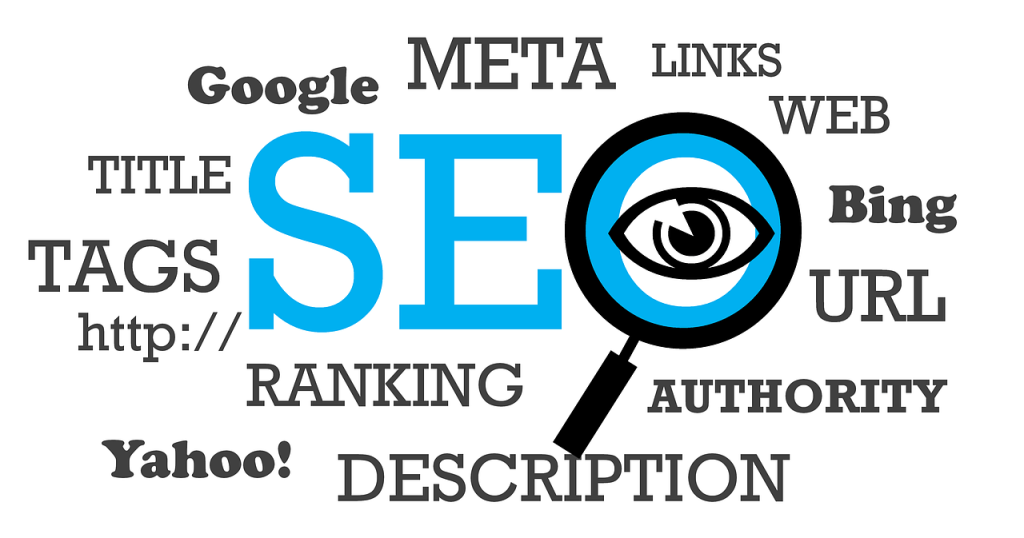Introduction
The case study involves an AI-powered website that initially experienced a spike in traffic and revenue, but later experienced a significant drop. The site's traffic graph showed a sharp spike followed by a sudden drop, leaving the site owner perplexed. However, this was expected and even predicted by the owner. In this section, we will explore the factors that contributed to this situation and shed light on the owner's response.
Understanding the Traffic Drop
The case study involves an AI-powered website that initially experienced a surge in traffic and revenue but later faced a significant decline. The website's traffic graph showed a sharp rise followed by a sudden drop, leaving the site owner perplexed. However, it was anticipated and even predicted by the owner. In this section, we will explore the factors that contributed to this situation and shed light on the owner's response.
The Importance of Domain Age and Topical Authority
The site in question was built on an old domain purchased from a trusted source. The domain's previous topic was perfectly aligned with the current niche, and it had a significant number of high-quality backlinks. In addition, the site implemented a topical authority approach to content creation. Instead of focusing solely on money keywords, the site aimed to cover various aspects of the niche in depth. This strategy established the site as a topical authority in the eyes of search engines, particularly Google.
Expired Domains, Rapid Content Production, and Traffic Growth
To accelerate the process of establishing topical authority, the site relied on AI-generated content. By leveraging AI technology, the site was able to produce an astounding ten articles per day, ensuring a consistent flow of valuable content. The combination of a legacy domain, strategic topic selection, and rapid content production created a significant spike in traffic-a phenomenon referred to as a traffic boner. The traffic graph showed remarkable growth during the site's initial spike.
The First Rise and Temporary Immunity
During the early stages of a site's resurgence, it often enjoys a period of immunity. Because the site was dormant, it had no quality score assigned by Google. As a result, ranking factors such as user engagement, link building speed, and technical SEO were not heavily scrutinized. The absence of such evaluation allowed the site to experience significant traffic gains without any hindrance. However, this favorable scenario doesn't last forever.

The Impact of Google Core Algorithm Updates
Like an unruly party that gets shut down by the police, a website's unrestricted growth eventually attracts the attention of search engine algorithms. In particular, Google's Core Algorithm updates reevaluate the quality scores of websites. Once a website gains considerable traffic, it undergoes scrutiny akin to that faced by high-profile publications. The March 2023 Core Update proved detrimental to the website in the case study, as it experienced a significant drop in rankings and traffic. This occurrence is common, especially in niches like health, which are highly monetizable.
The Importance of Continuous Link Building
To mitigate the negative effects of core updates, continuous link building is crucial. Natural backlinks are essential indicators of a website's credibility and relevance. However, the website in question faced a challenge due to its primary objective of demonstrating an AI-driven case study without relying on traditional link building. Consequently, the site was at a disadvantage from the beginning. Nevertheless, the website owner recognized the need for link building once the proof of concept was established.
Recovering from a Traffic Drop
In this section, we will outline a comprehensive approach to recovering from a traffic drop caused by a core algorithm update. By addressing technical SEO issues, conducting a thorough content audit, and focusing on topical authority, website owners can increase their chances of regaining lost traffic.
Technical SEO Audit
Technical SEO issues can severely impact a website's rankings and visibility. Addressing the following aspects is essential:
- Crawl errors: Ensure that all parts of the site are accessible to search engine crawlers.
- Missing titles, descriptions, and alt tags: Optimize meta information for all pages.
- Non-HTTPS URLs: Ensure that all URLs are secure and properly indexed.
- Broken links: Fix internal and external broken links.
- Duplicate content: Avoid duplicate content issues by providing unique and valuable content.
- Indexing issues: Optimize crawl budget by avoiding unnecessary indexing of tag pages and images.
- Schema problems: Verify the proper implementation of schema using Google's structured data testing tool.
- Core web vitals and website speed: Improve overall website speed and address core web vitals issues.
Content Audit and Optimization
Conducting a thorough content audit allows website owners to identify and address various issues that could affect rankings and user experience. Consider the following steps:
- Check for thin content: Identify and address thin or low-quality content.
- Complete topical coverage: Ensure that all relevant topics within the niche are adequately covered.
- Address keyword cannibalization: Avoid competing with yourself by optimizing and consolidating content on similar topics.
- Achieve the right balance of informational and commercial content: Tailor the content ratio based on the niche and target audience.
- Analyze subtopic coverage: Research how top-ranking articles cover subtopics and incorporate them into your content.
Leveraging Surfer for Optimization
The Surfer tool provides valuable insights into optimizing content for search engine rankings. Consider the following actions:
- Compare word count: Ensure your content aligns with the average word count of top-ranking articles.
- Optimize words, phrases, and entities: Meet search engine expectations by incorporating relevant terms at appropriate frequencies.
- Improve user experience: Prioritize user queries and ensure the content answers them directly and concisely.
- Linking and citation: Include outbound links to credible sources and cite references, adhering to Google's guidelines.
- Audit and update content: Regularly update your content to demonstrate relevance and freshness to search engines.
Establishing EAT Signals
EAT (Expertise, Authoritativeness, and Trustworthiness) is an important aspect of Google's evaluation process. Although misconceptions surround EAT, addressing the following points can improve a website's credibility:
- Clearly state author information: Identify authors for each post and implement author schema.
- Feature authors on relevant pages: Showcase authors' expertise and background on dedicated author-specific or about pages.
- Provide contact information: Create a contact page to facilitate communication and demonstrate credibility.
- Disavow low-quality backlinks: Utilize the disavow file to inform Google about links that should be ignored.
- Optimize anchor text: Ensure a balanced mix of target URLs, brand names, and topical anchor text.
The Role of Monetization in Recovery
While traffic is a crucial aspect of a successful website, effective monetization strategies are equally vital. In the following section, we will explore methods to maximize revenue even with reduced traffic.
Negotiating Higher Commissions
Once a website starts generating a decent number of sales, it's time to negotiate higher commission rates with affiliate managers. Proactively reach out to them, emphasizing your site's performance and the effort invested in promoting their products. Negotiating better rates can significantly boost your earnings, as demonstrated by an 83% increase in the case study.
Conversion Rate Optimization (CRO)
To make the most of existing traffic, implementing CRO techniques is essential. Focus on providing a seamless user experience by promptly answering users' queries and ensuring clear product recommendations. A user-friendly layout and intuitive design will help retain visitors and increase conversion rates### Monetizing Informational Content Even articles that primarily provide information can be monetized effectively. By answering user queries and providing relevant recommendations or internal links to commercial content, you can guide visitors down the sales funnel and increase revenue.
Exit Intent Pop-ups
Implementing exit intent pop-ups can help retain visitors who are about to leave the site. By offering enticing offers or directing them to optimized sales pages, you can capture additional conversions that would have otherwise been lost.
User Experience-Focused CRO
In modern CRO practices, user experience takes precedence. Ensure that your content directly addresses user queries and provides clear recommendations. Avoid lengthy or convoluted content and prioritize delivering answers quickly and efficiently.
The Road to Recovery and Future Growth
To recover from a traffic drop and set the stage for future growth, it is essential to focus on comprehensive optimization strategies. Continue producing high-quality content, building relevant and authoritative backlinks, and patiently wait for the next core algorithm update to see the results of your efforts. Additionally, continuously monitor your share of voice—a measure of estimated traffic based on keyword rankings—to gauge your progress.
Conclusion
Building and maintaining a successful website involves navigating various challenges and adapting to changing search engine algorithms. By understanding the factors that contribute to traffic drops and implementing comprehensive optimization strategies, website owners can recover from setbacks and maximize their revenue potential. Additionally, effective monetization techniques, such as negotiating higher commissions and implementing user-focused CRO, can significantly enhance profitability. With a commitment to continuous improvement and staying up to date with industry best practices, success in the online business world is within reach.









